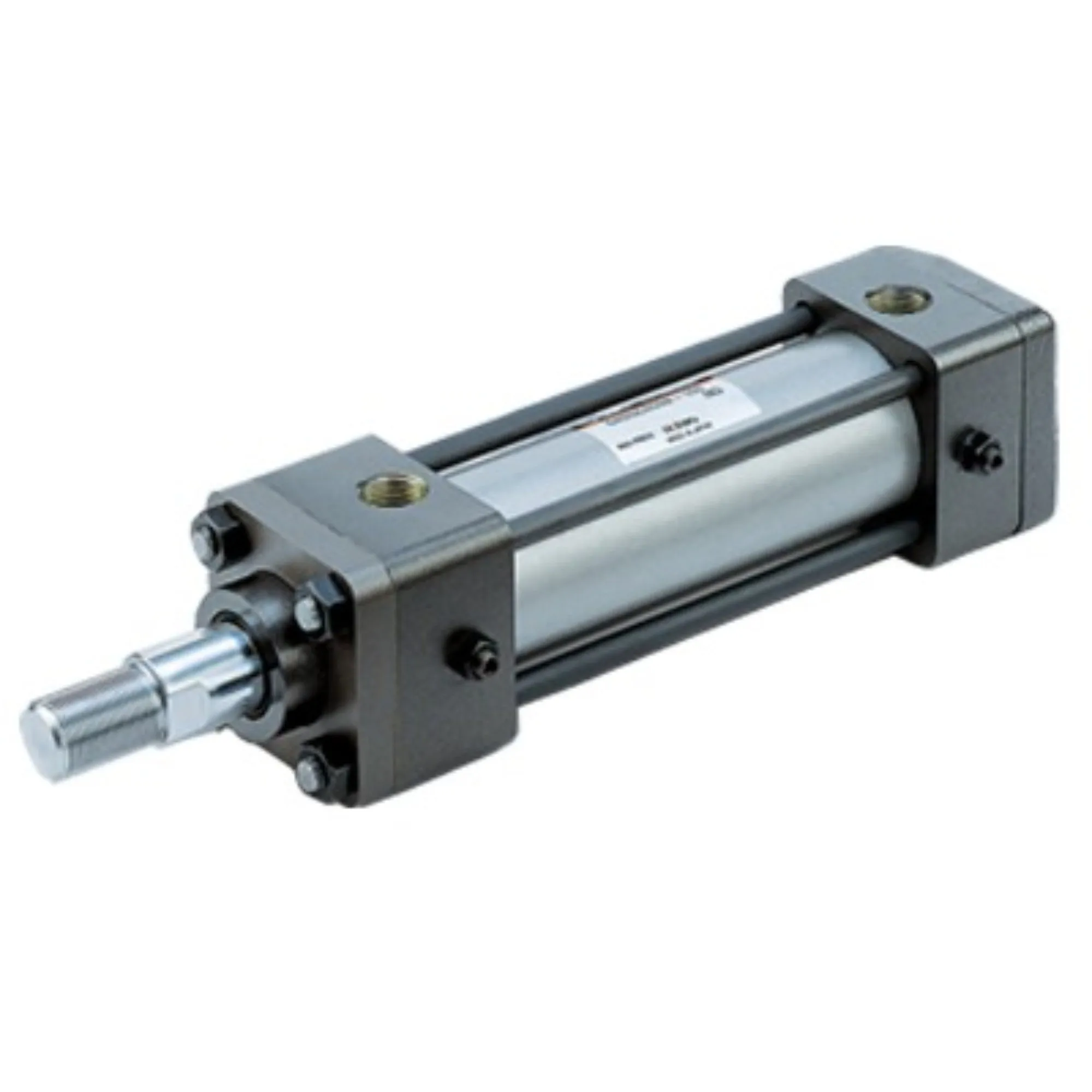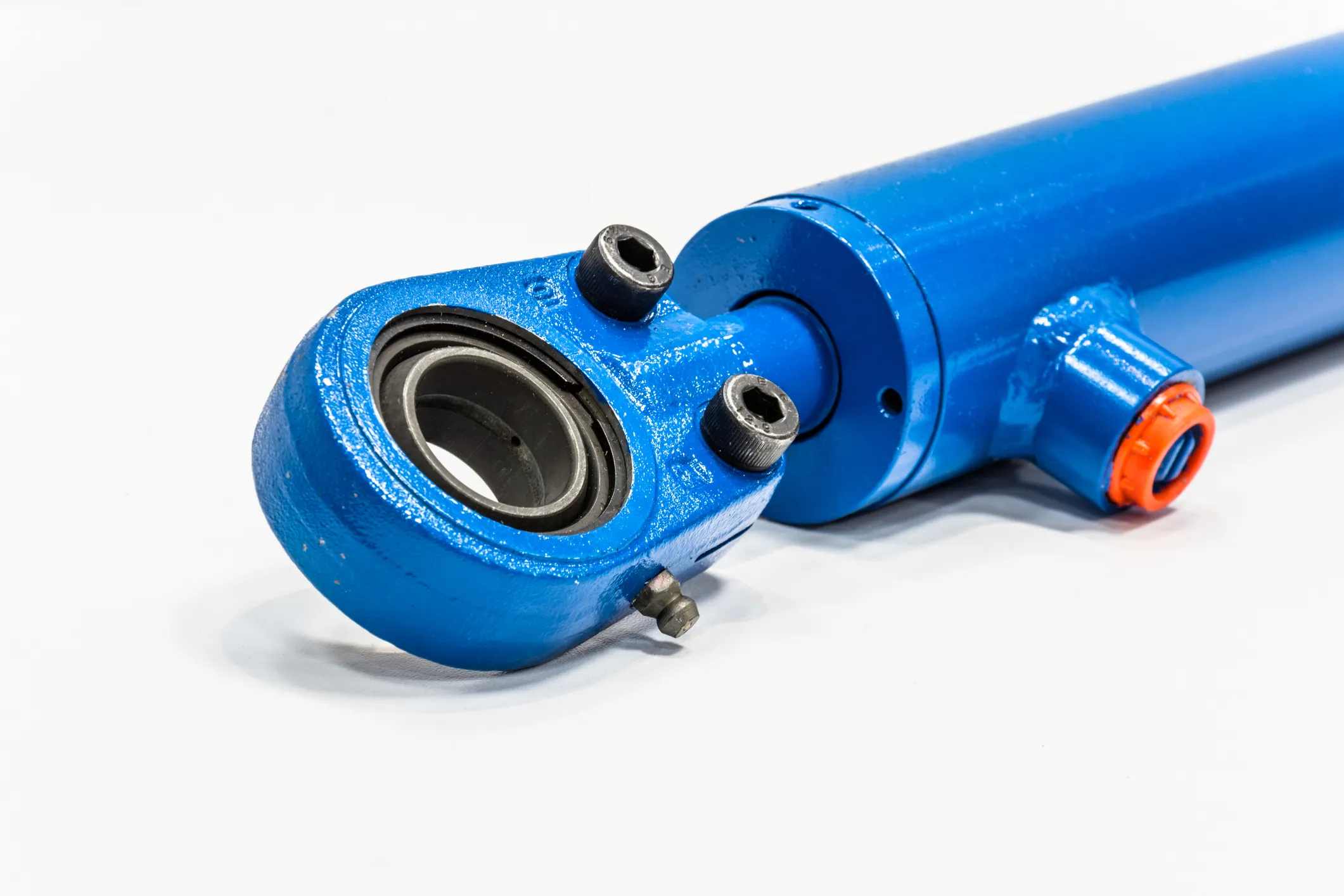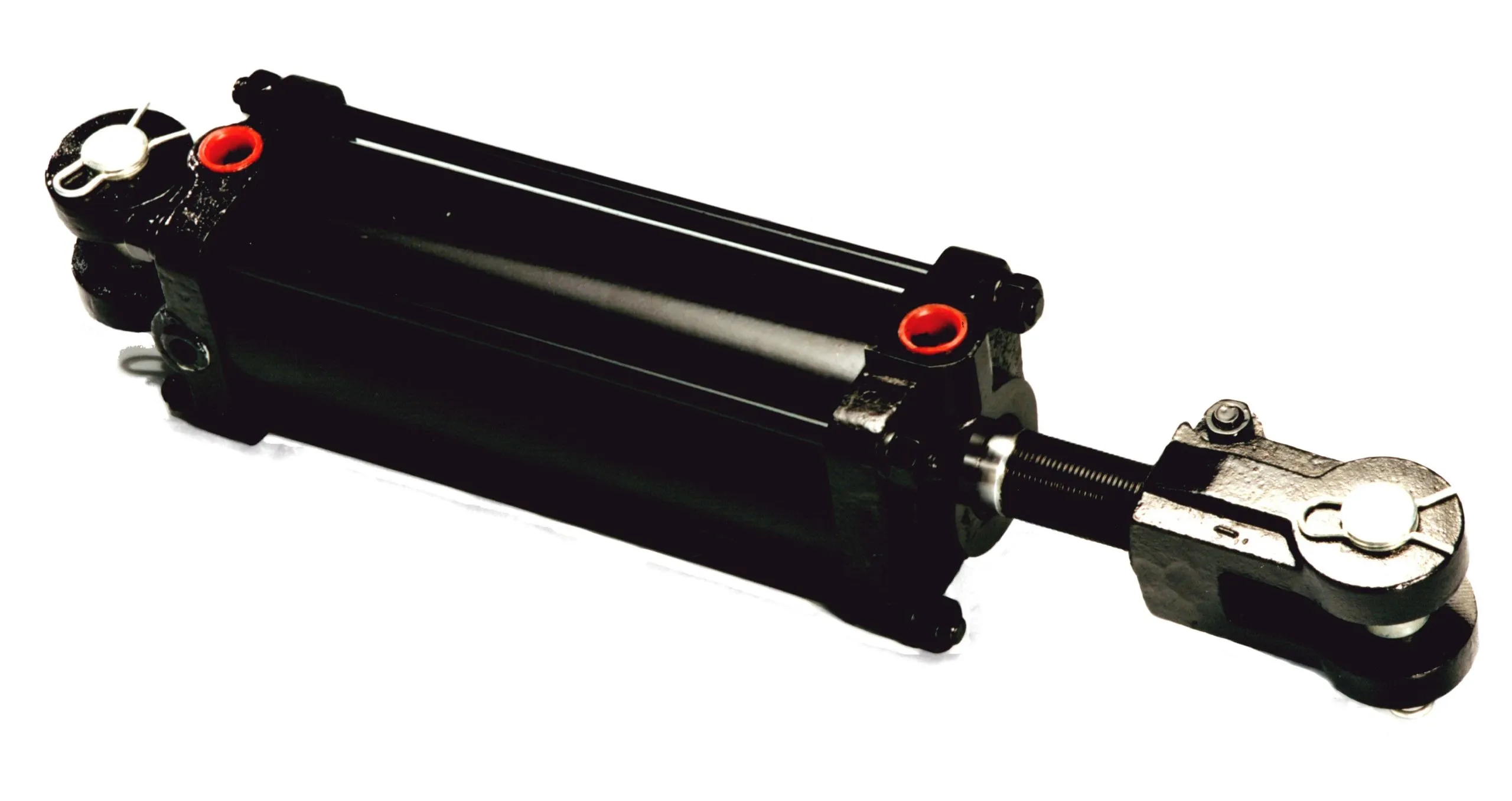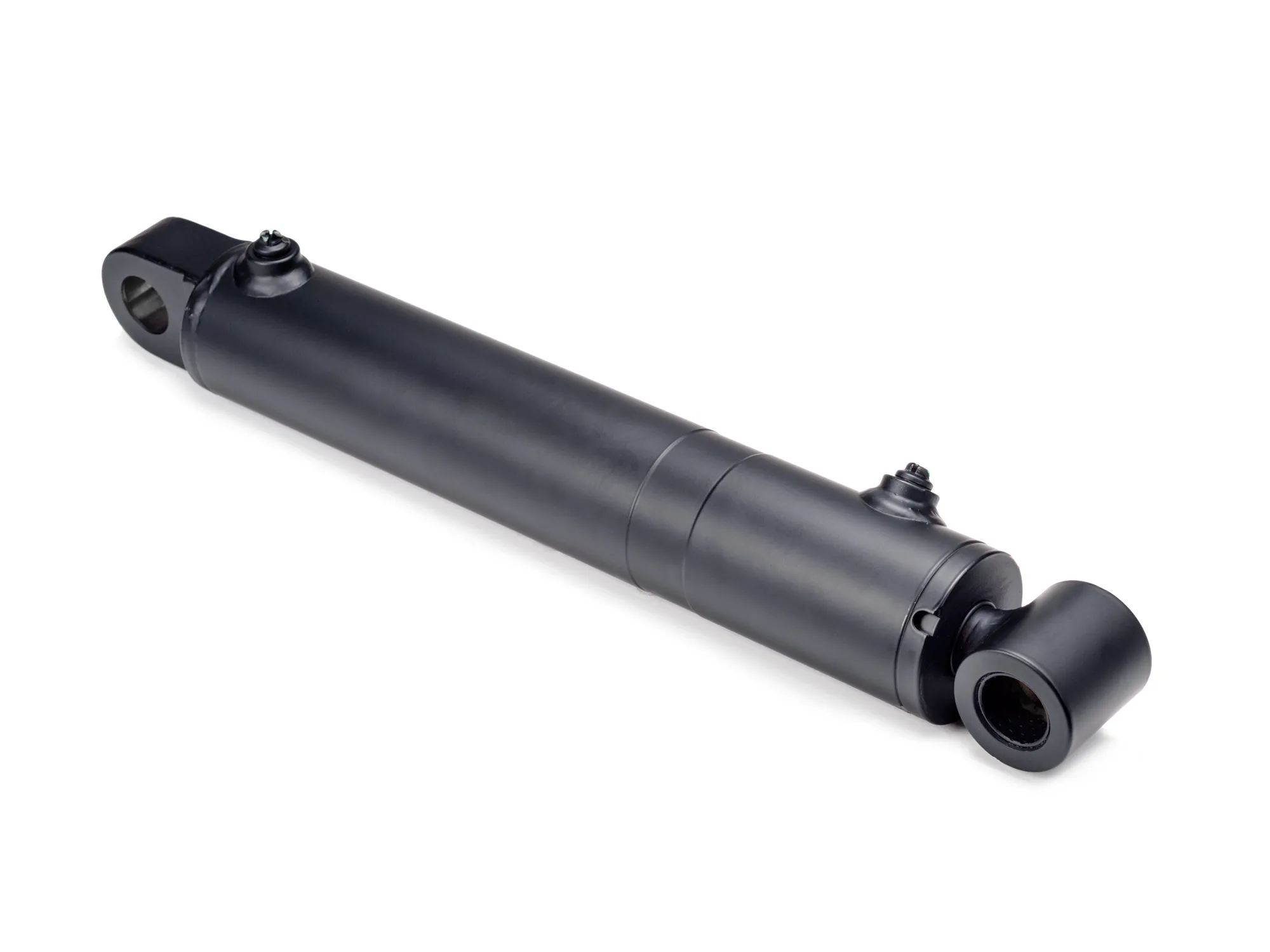The Ultimate Guide to Two-Stage Hydraulic Cylinder For Lifting Applications
Introduction
In this comprehensive guide, we will delve into the world of two-stage hydraulic cylinders designed specifically for lifting applications. We will cover everything from the design principles to the working mechanisms, types, advantages, applications, maintenance, installation, troubleshooting, safety standards, and more.
Understanding Two-Stage Telescopic Hydraulic Cylinder
Two-stage telescopic hydraulic cylinders consist of a series of nested stages that allow for a longer stroke length compared to single-stage cylinders. This design is ideal for applications that require extended reach and compact retraction.
Design Principle and Composition
- The telescopic joint comprises internal and external double stages to achieve the desired extension and retraction.
- The materials used, such as cylinder, piston rod, seals, and hydraulic oil, must be compatible to ensure optimal performance and longevity.
Working Principle
The double-stage telescopic hydraulic cylinder operates by integrating with a hydraulic system and control mechanism to extend and retract in a synchronized manner. This process ensures smooth and precise lifting operations.
Types and Configurations
There are three main types of two-stage telescopic hydraulic cylinders, each offering unique configurations tailored to specific lifting requirements. These variations provide versatility and efficiency in various applications.
Advantages
The five key advantages of using a two-stage hydraulic cylinder include enhanced lifting capacity, increased stability, improved control, reduced maintenance, and extended service life. These benefits make it a popular choice for lifting applications.

Applications

Two-stage telescopic hydraulic cylinders find wide usage in dump trucks, cranes, aerial platforms, and material handling equipment. The benefits of using these cylinders in such applications include increased efficiency, safety, and productivity.
Comparison with Single-Stage Cylinder
When comparing two-stage and single-stage telescopic hydraulic cylinders, factors such as lifting capacity, stroke length, and retraction length must be considered. Each type has its advantages and disadvantages, depending on the specific application requirements.
Design Considerations
Three key design considerations for two-stage telescopic hydraulic cylinders are load capacity, stroke length, and extension length. These factors play a crucial role in determining the performance and suitability of the cylinder for lifting applications.
Maintenance and Inspection
To ensure optimal functionality, regular inspection and preventive maintenance measures are essential for two-stage hydraulic cylinders. Tasks such as lubrication, seal replacement, and calibration inspection help prolong the lifespan of the cylinder.
Installation
Proper installation of a two-stage telescopic hydraulic cylinder involves integrating it with the hydraulic system using techniques like wedge, flange, or trunnion installation. Careful consideration of installation options is crucial for optimal performance.
Fault Diagnosis and Solutions
Common problems with two-stage hydraulic cylinders, such as leakage or insufficient force, require effective troubleshooting and solutions to minimize downtime. Preventive measures can help prevent potential issues and ensure smooth operation.
Safety Standards
Adhering to safety standards and regulations is paramount when using two-stage telescopic hydraulic cylinders for lifting applications. Features like overload protection and emergency shutdown mechanisms enhance operational safety and efficiency.
Common Questions
How does a Two-Stage Telescopic Hydraulic Cylinder differ from a Single-Stage Cylinder?
A two-stage cylinder offers extended reach and compact retraction compared to a single-stage cylinder, making it suitable for lifting applications.
What are the main components of a Two-Stage Telescopic Hydraulic Cylinder?
The main components include the cylinder, piston rod, seals, and hydraulic oil, all working together to facilitate smooth lifting operations.
How does a Two-Stage Telescopic Hydraulic Cylinder work?

By integrating with a hydraulic system, the cylinder extends and retracts in a synchronized manner to lift heavy loads efficiently.

Long Tail Keywords
Three long tail keywords for two-stage telescopic hydraulic cylinders are “extended reach lifting cylinder,” “compact retraction hydraulic cylinder,” and “efficient lifting solutions.” Each keyword highlights the unique features and advantages of these cylinders.
Our Company
We are a leading hydraulic cylinder manufacturer specializing in two-stage hydraulic cylinders for various lifting applications. With a complete product line and international certifications, we provide customized solutions, top-notch production equipment, and exceptional after-sales service to meet our customers’ needs.
Author: lyl
